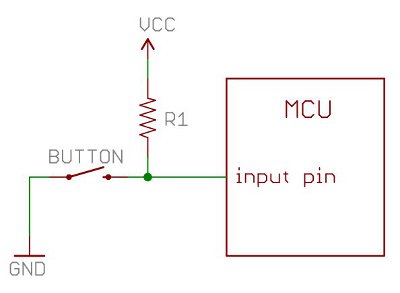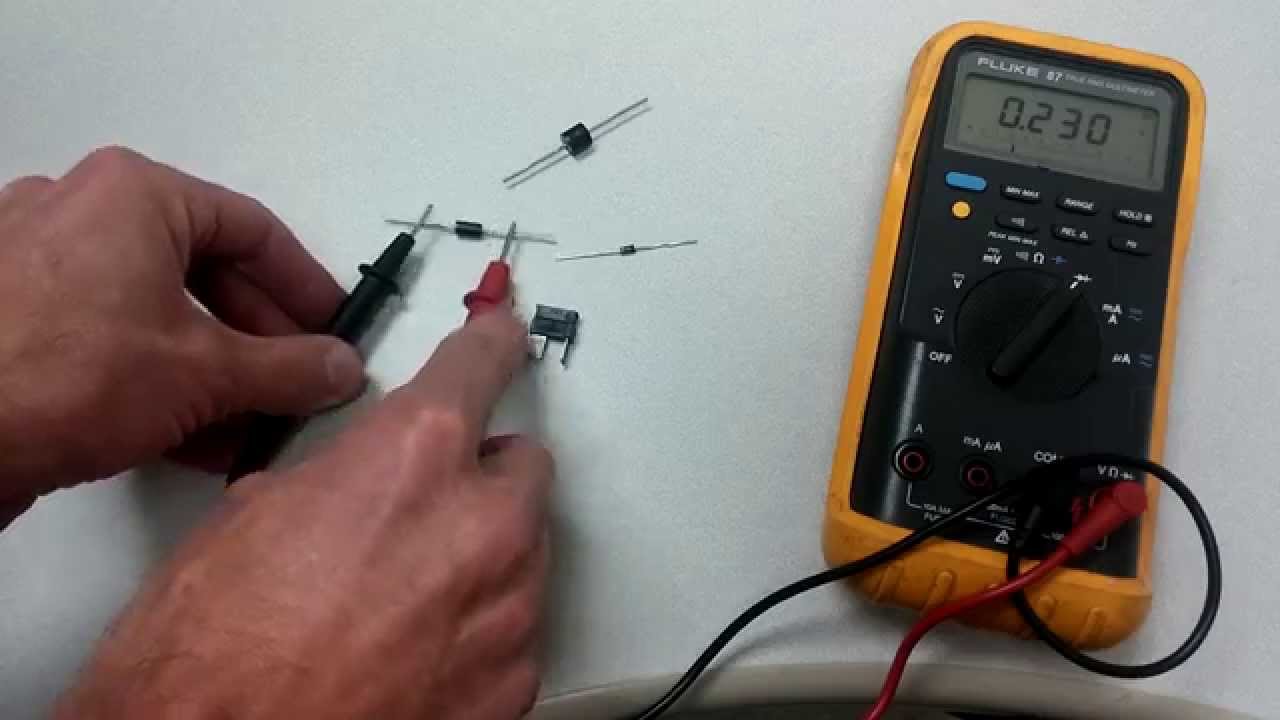How to Use a Pull-Up Resistor
Are you looking to learn how to use a pull-up resistor in your electronic circuits? Pull-up resistors are a fundamental component in electronics, often used to ensure signal integrity and stability in digital circuits. In this article, we will explore what a pull-up resistor is, how it works, and how you can effectively use it in your projects.
What is a Pull-Up Resistor?
A pull-up resistor is a resistor connected between a signal line and a voltage source (typically a positive power supply voltage). It is called a “pull-up” resistor because it pulls the signal line towards the voltage source when the signal is in a floating state. When the signal line is not being actively driven low, the pull-up resistor ensures that the voltage on the signal line remains high (typically at the voltage of the power supply).
Without a pull-up resistor, the signal line would be left floating when not being actively driven, which can lead to instability and unpredictable behavior in the circuit. By using a pull-up resistor, you can ensure that the signal line is held at a known logic level when no other device is actively driving it.
How Does a Pull-Up Resistor Work?
When the signal line is actively driven low (connected to ground), the pull-up resistor allows current to flow from the voltage source through the resistor to ground. This effectively pulls the voltage on the signal line towards ground, ensuring that the signal line is held low when driven by an external device.
On the other hand, when the signal line is not being actively driven low, the pull-up resistor pulls the signal line towards the voltage source, ensuring that the signal line remains high. This prevents the signal line from floating and helps maintain the stability of the circuit.
How to Use a Pull-Up Resistor
Using a pull-up resistor in your circuit is quite simple. All you need to do is connect one end of the pull-up resistor to the signal line and the other end to the voltage source. The value of the pull-up resistor will depend on the specific requirements of your circuit, such as the current flowing through the signal line and the voltage levels involved.
For example, in a typical digital circuit, a pull-up resistor with a value of 10k ohms is commonly used. However, depending on the specific application and requirements, the value of the pull-up resistor may vary. It is essential to choose the right value of the pull-up resistor to ensure proper signal integrity and performance of the circuit.
When using a pull-up resistor, make sure to connect it to the signal line before any other devices that may drive the signal line. This ensures that the pull-up resistor can effectively pull the signal line towards the voltage source when it is not being actively driven low.
Conclusion
In conclusion, a pull-up resistor is a crucial component in electronic circuits, used to ensure signal integrity and stability. By pulling the signal line towards the voltage source when not being actively driven low, a pull-up resistor helps maintain the stability of the circuit and prevent floating signal lines.
When using a pull-up resistor in your projects, remember to choose the right value of the resistor and connect it properly in the circuit. By following these simple steps, you can effectively use a pull-up resistor to improve the performance and reliability of your electronic circuits.
How to Use a Pull-Up Resistor
Are you looking to learn how to use a pull-up resistor in your electronic circuits? Pull-up resistors are a fundamental component in electronics, often used to ensure signal integrity and stability in digital circuits. In this article, we will explore what a pull-up resistor is, how it works, and how you can effectively use it in your projects.
What is a Pull-Up Resistor?
A pull-up resistor is a resistor connected between a signal line and a voltage source (typically a positive power supply voltage). It is called a “pull-up” resistor because it pulls the signal line towards the voltage source when the signal is in a floating state. When the signal line is not being actively driven low, the pull-up resistor ensures that the voltage on the signal line remains high (typically at the voltage of the power supply).
Without a pull-up resistor, the signal line would be left floating when not being actively driven, which can lead to instability and unpredictable behavior in the circuit. By using a pull-up resistor, you can ensure that the signal line is held at a known logic level when no other device is actively driving it.
How Does a Pull-Up Resistor Work?
When the signal line is actively driven low (connected to ground), the pull-up resistor allows current to flow from the voltage source through the resistor to ground. This effectively pulls the voltage on the signal line towards ground, ensuring that the signal line is held low when driven by an external device.
On the other hand, when the signal line is not being actively driven low, the pull-up resistor pulls the signal line towards the voltage source, ensuring that the signal line remains high. This prevents the signal line from floating and helps maintain the stability of the circuit.
How to Use a Pull-Up Resistor
Using a pull-up resistor in your circuit is quite simple. All you need to do is connect one end of the pull-up resistor to the signal line and the other end to the voltage source. The value of the pull-up resistor will depend on the specific requirements of your circuit, such as the current flowing through the signal line and the voltage levels involved.
For example, in a typical digital circuit, a pull-up resistor with a value of 10k ohms is commonly used. However, depending on the specific application and requirements, the value of the pull-up resistor may vary. It is essential to choose the right value of the pull-up resistor to ensure proper signal integrity and performance of the circuit.
When using a pull-up resistor, make sure to connect it to the signal line before any other devices that may drive the signal line. This ensures that the pull-up resistor can effectively pull the signal line towards the voltage source when it is not being actively driven low.
Conclusion
In conclusion, a pull-up resistor is a crucial component in electronic circuits, used to ensure signal integrity and stability. By pulling the signal line towards the voltage source when not being actively driven low, a pull-up resistor helps maintain the stability of the circuit and prevent floating signal lines.
When using a pull-up resistor in your projects, remember to choose the right value of the resistor and connect it properly in the circuit. By following these simple steps, you can effectively use a pull-up resistor to improve the performance and reliability of your electronic circuits.



